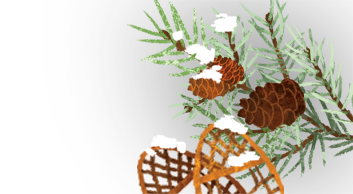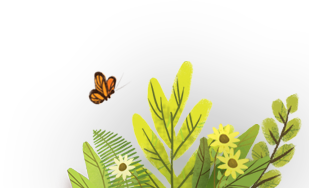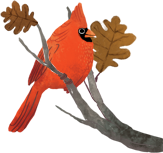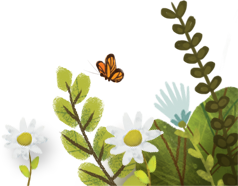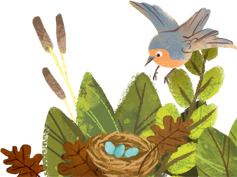- Students, teachers and any parent volunteers should dress for the weather as we briefly go outside to set and later retrieve bird traps set close to the building.
- It’s helpful if students can recognize these common birds: Cardinal, Junco, Black-capped Chickadee, House Sparrow, House Finch, Blue Jay, White-breasted Nuthatch, American Goldfinch, & Downy Woodpecker. (Quarry Hill has prepared a power point presentation to help your students learn to identify these common birds. A copy of this power point is available in Moodle or you can request a copy from Carrie Nelson.)
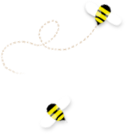
Bird Adaptations
| Title | Bird Adaptations |
| Audience | 3rd Grade |
| Offered | January - February |
| Length | 1 hr. 50minutes (including, if time allows, 10 minutes look around time in the Exploration Hall) |
Preparing for this Class
Class Description
This class has students actively learning about birds as they observe birds with binoculars, identify them using a picture key, and record their observations. To illustrate the role habitats have in bird adaptations, students will see mounts of birds that occupy different habitats and observe differences in their feet and beaks. Students will work in groups as they observe birds and then set traps to catch birds. Students will have time to look closely at any live birds that are caught, observe their adaptations and record their beak and feet type. FYI: Because catching birds at Quarry Hill is under our Federal bird banding permit, Quarry Hill staff will still band and/or record band numbers of captured birds before each bird is released by a student.
Correlation to MN Science Standards
- Use tools, including rulers, thermometers, magnifiers and simple balances, to improve observations and keep a record of the observations made. (3.1.3.4.1)
- Compare how the different structures of plants and animals serve various functions of growth, survival and reproduction. (3.4.1.1.1)
- Describe and sort animals into groups in many ways, according to their physical characteristics and behaviors. (1.4.1.1.1)
- Recognize that describing things as accurately as possible is important in science because it enables people to compare their observations with those of others. (1.1.1.1.2)
Science Vocabulary
|
Stewardship Habitat Grassland |
Predator Prey Camouflage |
Evergreen Deciduous Aquatic |
Roost Flit Limb |
Adaptation Survival Characteristics
|
Classroom Extension
Visit EEK! Critter Corner; the bird section of the Wisconsin Department of Natural Resources Environmental Education for Kids site. Review individual bird characteristics and practice common backyard bird identification.



